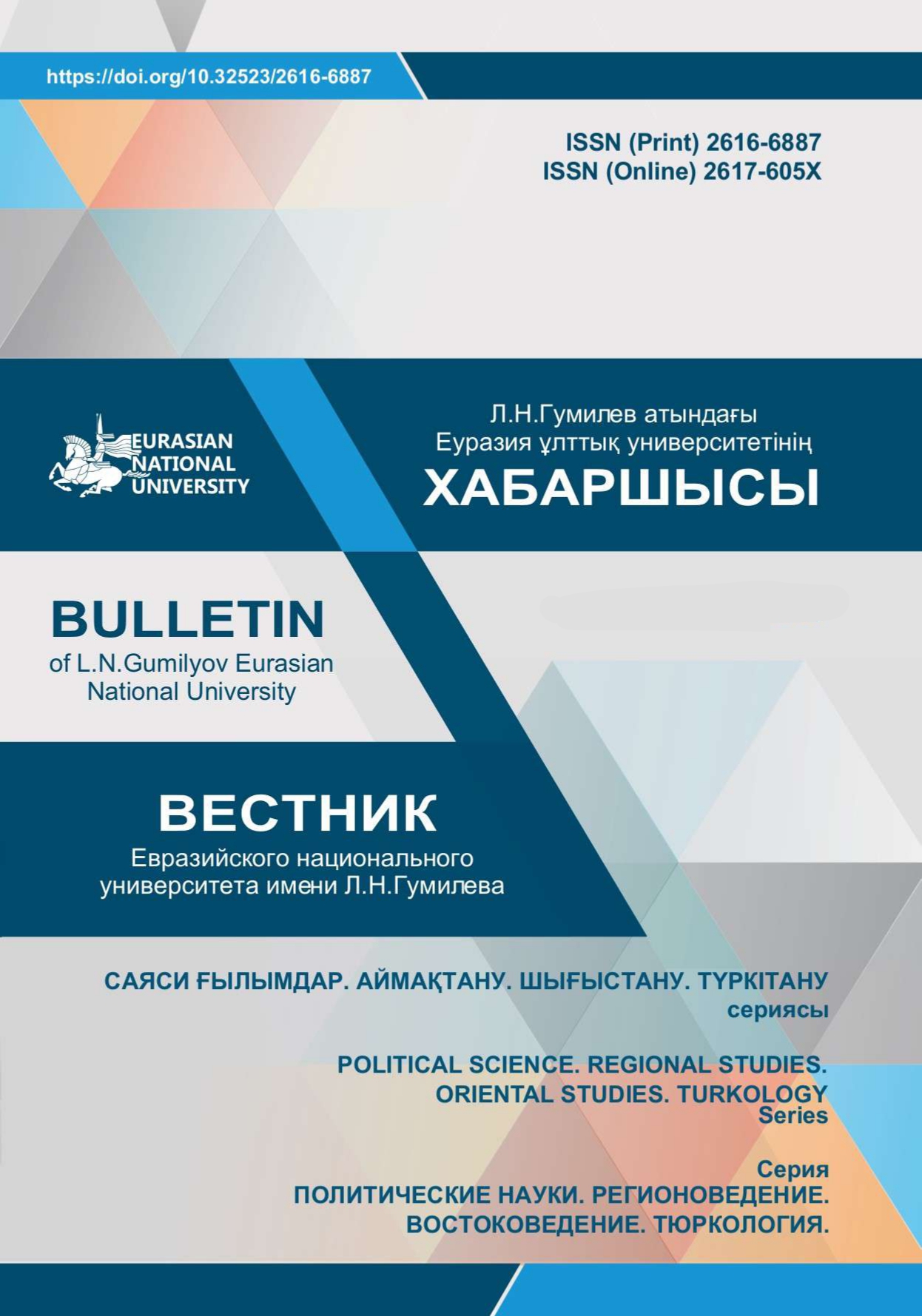Kazakh-Russian border in the context of the coronavirus disease (COVID-19)
Views: 124 / PDF downloads: 60
Keywords:
Kazakh-Russian border, cross-border mobility, barrier function, Eurasian integration, cross-border cooperation, connecting the border, integration border, cross-border interactions.Abstract
Unfortunately, the COVID-19 pandemic and the current sanitary and epidemiological
situation have affected the functions of the Kazakh-Russian border and the development of crossborder cooperation between Kazakhstan and Russia.
The article is devoted to the correlation of such functions of the Kazakh-Russian border as crossborder mobility and barrier function. Due to the development of Eurasian integration and the
launch of the Eurasian Economic Union, the role of cross-border cooperation between Kazakhstan
and Russia has increased, and the function of cross-border mobility has intensified because the
border regions are the entry points for the movement of goods, services, capital, and labor. The
factors of the transition of the Kazakh-Russian border from the ‘connecting’1
to the ‘integrational’
type have taken shape. However, the COVID-19 pandemic has not only slowed down this process
but also strengthened the barrier function of the Kazakh-Russian border, reducing business
activity and humanitarian ties in the border regions.
The author comes to the following conclusions: Kazakhstan and Russia need to develop a common
policy to respond to the spread of the pandemic and minimize its consequences, ensure food and
biological security of border regions, create an algorithm for organizing «green corridors» for
exporters, and «transit corridors» for migrants, to develop measures to preserve the contact
function of the Kazakh-Russian border even in conditions of its partial or complete closure
through modern means of communication.
Downloads
Published
How to Cite
Issue
Section
License

This work is licensed under a Creative Commons Attribution-NonCommercial-NoDerivatives 4.0 International License.







